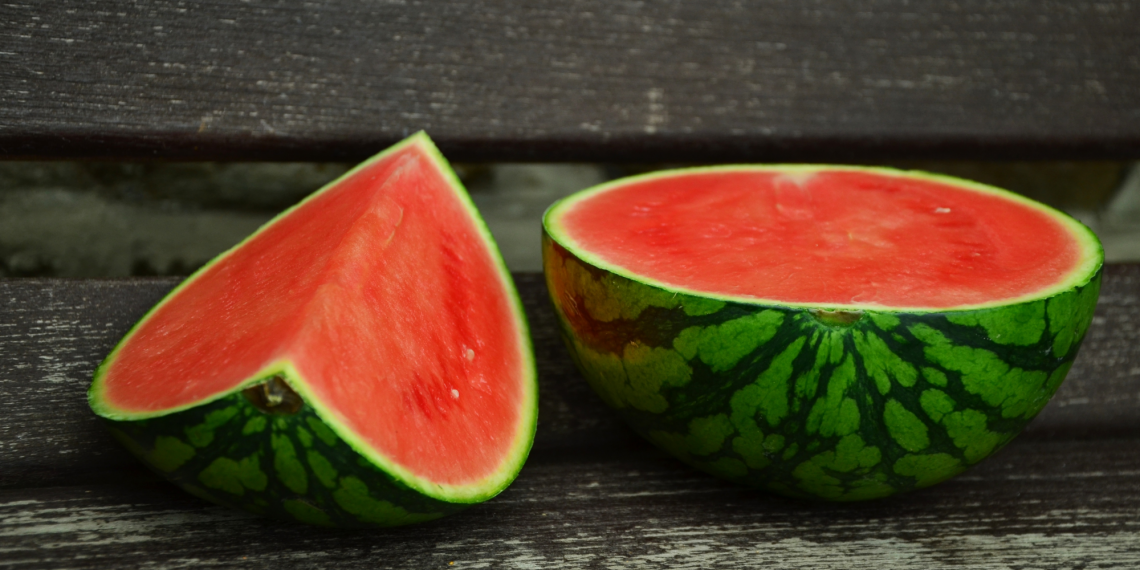
Watermelon,facts
Raw watermelon
- The watermelon probably originated in the Kalahari Desert in Africa and has over 1,200 different varieties.
- Watermelon seeds have been found in Egyptian tombs and ancient Libyan settlements dating back as far as 5,000 years. Certain rulers, such as Tutankhamen, were even buried with the seeds of watermelons.
- Watermelon only began growing in China in the 10th century and Europe in the 13th century.
- A watermelon is both a fruit and a vegetable. Since it has seeds inside, watermelons can be classified as a fruit. However, it also counts as a vegetable for belonging to the gourd family, along with pumpkins and cucumbers.
- There are five common types of watermelon: seeded, seedless, mini, yellow, and orange.
- Watermelon contains more than 92% of water.
- Watermelon is high in vitamin C, vitamin A, vitamin-B6 and many healthy plant compounds.
- Watermelon contains a good amount of both potassium and magnesium.
- Watermelon is made up of mostly water but also contains electrolytes that may hydrate you more effectively than just water alone.
- Watermelon is high in carotenoids, including beta-carotene and lycopene.
- Lycopene is a powerful antioxidant that gives watermelon its red color.
- L-citrulline, an amino acid that the body converts to the circulation-promoting L-arginine, may reduce muscle soreness.
- Watermelon contains fiber and water which are important for healthy digestion and promote natural bowel movement.
- Half of the sugar in watermelon is fructose, one quarter is glucose, and less than one quarter is sucrose, with other sugars making up minor fractions.
- Watermelon has a relatively high glycemic index (GI).
- Some people have allergies to watermelons.
- Fresh, uncut watermelon can be stored at room temperature in a cool, dry place for a week or in the refrigerator for two to three weeks.
- To avoid bacterial contamination wash the watermelon under cool tap water before eating and use a clean knife for cutting it.
- 50 years ago farmers have crossed male pollen holding 22 chromosomes per cell with a female watermelon flower containing 44 chromosomes per cell. When they are crossed they produce sterile watermelons (seedless watermelons), whose white seeds are immature containing 33 chromosomes. This process does not involve genetic modification.
- Farmers in Japan have been growing cube-shaped watermelons for the past 40 years, forcing them into their square shape by cultivating them in box-like braces. The original idea was for them to be easy to store in refrigerators and easy to transport. However, the cost of growing watermelons in such a way turned their crop into a luxury good. More recently, farmers began growing watermelons in many different shapes.
- The US Department of Agriculture (USDA) recommends farmers to keep at least one beehive to pollinate the watermelons.
- People can produce oil from watermelon seeds, which is completely made of unsaturated fat and has as value as an essential oil.
- To pick a good watermelon it should be heavier than it appears, it should make a hollow sound when knocking on it and the spot on the bottom where it rested on the ground should have a pale yellow color.


 Bulgarian
Bulgarian